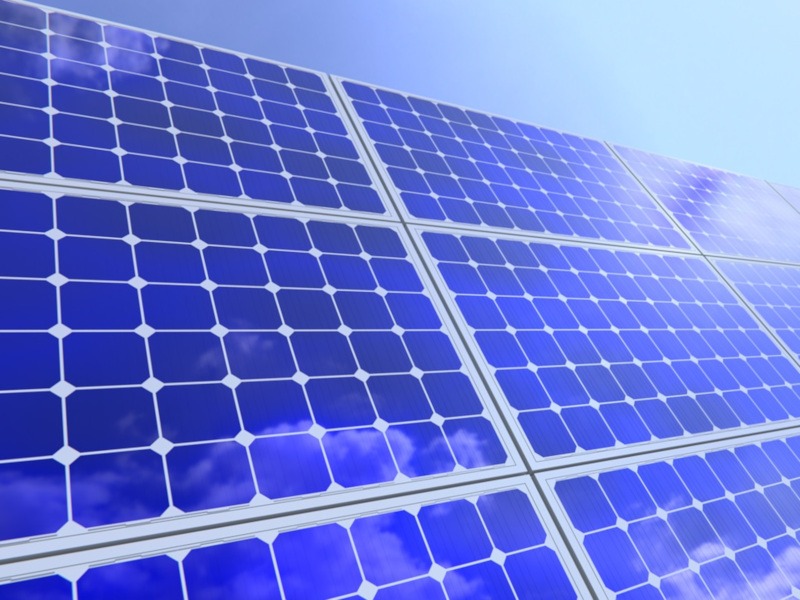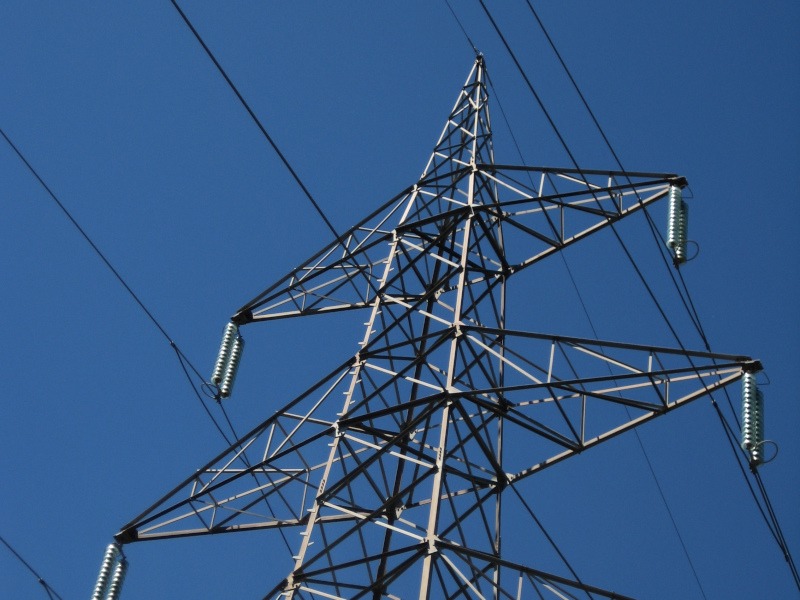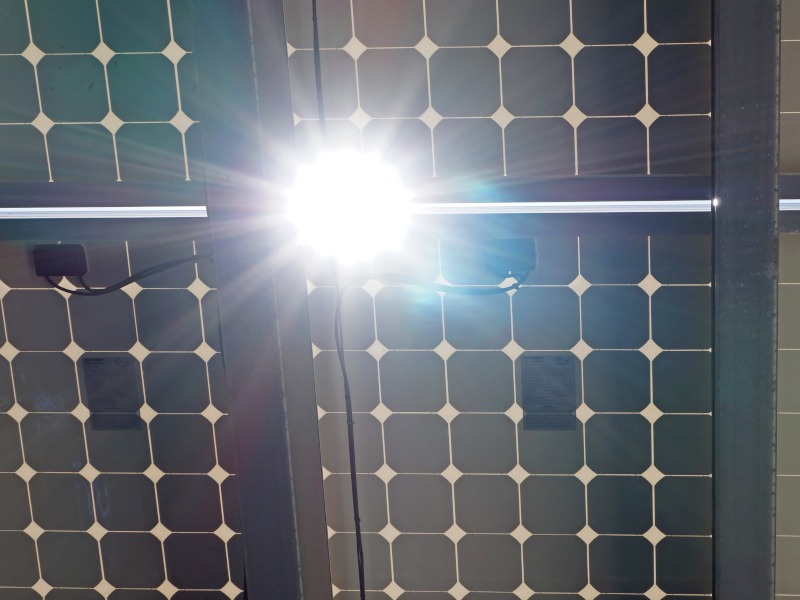The 900MW Yarrabee solar project is being developed in the south-western region of Narrandera, New South Wales, Australia. It will be the biggest solar farm in the region, upon completion.
The project is estimated to cost up to A$1bn ($709m) and is owned by Reach Solar Energy. It is expected to generate 2,250GWh of power a year and is expected to supply power to up to 315,000 homes.
The Australian government approved planning permit for the project in December 2018. The project is planned to be developed in three stages of 300MW capacity each.
Construction of phase one is anticipated to be commenced in the third quarter 2019, followed by that of phase two in 2020 and phase three in 2023. First power generation from phase one is expected in the third quarter 2020.
Project Gallery
-

Yarrabee solar project is a 900MW project located in New South Wales, Australia. Image courtesy of Zak Zak.
-

A grid connection from the Yarrabee’s new substation will be established to the existing 330kV Wagga to Darlington Point transmission line. Image courtesy of Borkur Sigurbjornsson.
-

The project will generate 2,250GWh of power a year and holds the capacity to power up to 315,000 houses. Image courtesy of Damian Gadal.
The construction of the project is expected to generate up to 450 jobs. The electricity generated by the power plant will be equivalent to offsetting the emissions from 540,000 cars.
Yarrabee solar project location
Yarrabee solar project will be situated in the Narrandera local government area (LGA) in the Western region of New South Wales and approximately 23km south-west of Narrandera.
The site will cover an area of 3,000ha, out of which 2,600ha area will be used for the project development and 100ha for temporary construction.
The site can be accessed through Yamma Road, Back Morundah Road, Main Canal Road, and Old Morundah Road.
Yarrabee solar project make-up
Yarrabee solar project is planned to be installed with up to three million solar photovoltaic panels in each phase to generate 900MW power. The solar panels will be of standard polycrystalline silicon type modules, which will be approximately 1m-wide and 2m-long.
The panels will be mounted on 36,000 single-axis tracking systems that will be arranged in a north-south direction in order to track the sun from east to west over the day. The axis trackers will be mounted on steel piles, which will be driven in the ground to a depth from 3m to 5m basis the location and foundation conditions.
The solar project is expected to have approximately 222 inverter stations, where each station will consist of two 2.5MVA inverters. The inverters will be mounted on shallow footings at a height of approximately 3.5m.
A battery energy storage system such as the Tesla PowerPack 2 with a capacity of 35MW/70MWh is planned to be installed near the 33kV collector substation. It will be made of lithium-ion batteries and battery-paired inverters in stand-alone cubicles or pre-assembled containerized units.
A supervisory control and data acquisition (SCADA) system will be installed for monitoring the control of electricity generation and other systems.
Power transmission details
The direct current (DC) electricity generated from the solar panels will be converted into 33kV alternating current (AC) at each inverter station with the help of a step-up transformer and will be fed into the 33kV reticulation system via a Ring Main Unit (RMU) arrangement.
The AC reticulation system will consist of 33kV cabling that will collect the electricity generated from each inverter station and transmit to the solar farm’s 330kV substation. The electricity will be stepped-up to 330kV before being connected to TransGrid’s 330kV Wagga to Darlington Point transmission line. A new 330kV substation is planned to be built adjacent to the transmission line.
Contractors involved
SLR Consulting Australia prepared the environmental impact assessment for the project in August 2018.
